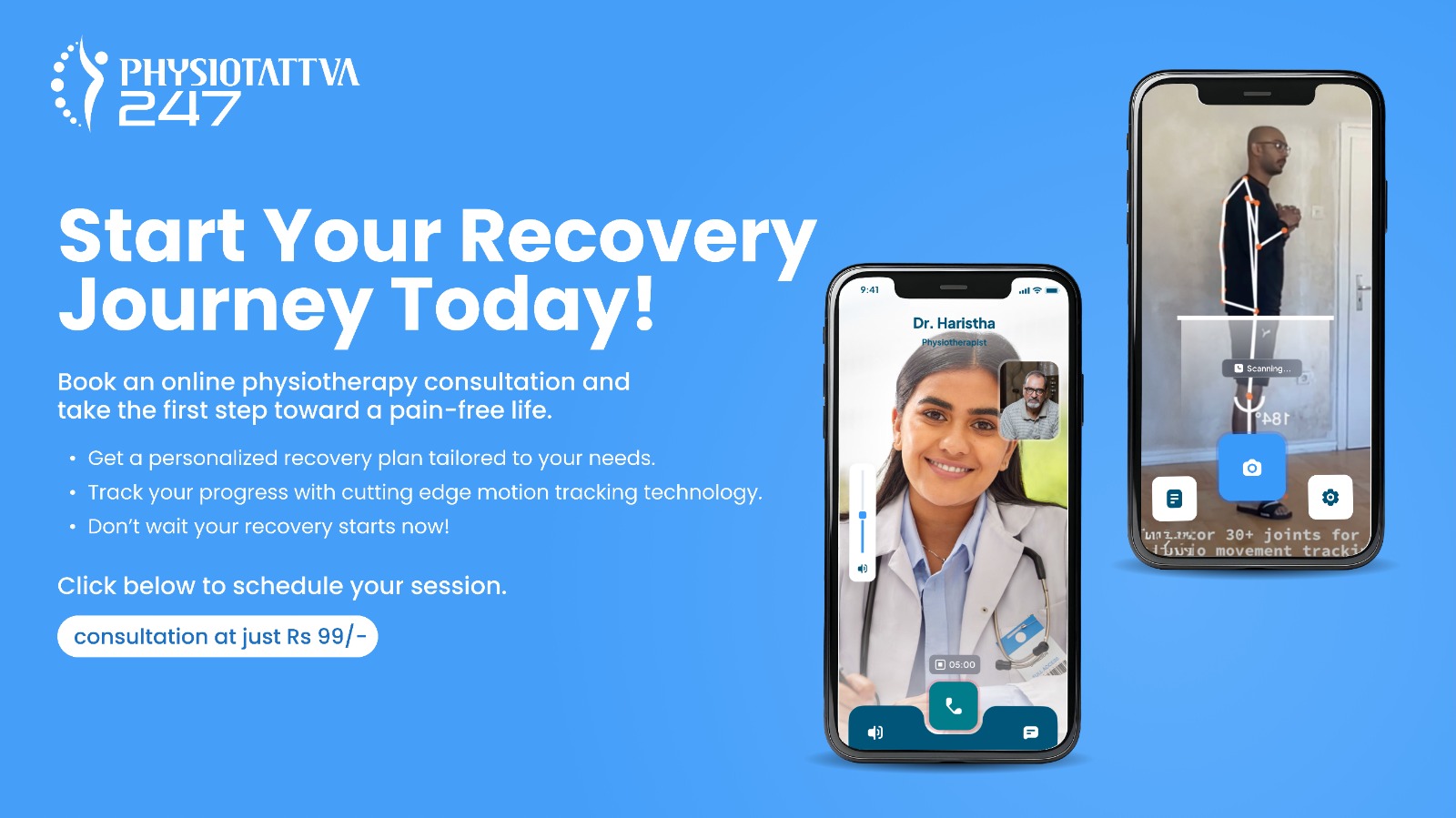Knee Pain
It is not that difficult to come across people suffering from knee pain, especially with growing age or with some knee injuries.

Overview of Knee Pain Causes & Symptoms
It is not that difficult to come across people suffering from knee pain, especially with growing age or with some knee injuries. It is one common complaint that affects people of all age groups. It can result from injuries like torn cartilage or a ruptured ligament. Some medical conditions like infections, gout, or even arthritis can cause knee joint pain.
Some minor knee joint pain will respond well to some self-care measures. Knee braces and physical therapy can help relieve the core's pain. However, in some severe instances, you might have to undergo surgical repair and even get your knees replaced.
Static Quadriceps For Strengthening The Quadriceps | Physiotattva
This physical therapy exercise works best for knee pain exercise and knee ligament injuries. This physical therapy exercise is useful in osteoarthritis of knee, mensical and ligament injuries of the knee. The exercise is effective for strengthening the quadriceps.
Knee Pain Symptoms
The severity and location of the left or right knee pain ICD 10 will vary, depending on the cause of the problem. Some of the symptoms and signs that will accompany knee pain will be:
- Redness and warmth to touch
- Stiffness and swelling
- Instability or weakness
- Not being able to straighten the knees fully
- Crunching sound in knee with pain
Causes for Knee Pain
Multiple knee pain causes can result in severe pain if not taken care of correctly. Some knee pain causes are mechanical problems, injuries, arthritis types, and other knee pain reasons.
- Injuries:
Knee Injury can easily affect the ligaments, fluid-filled sacs, or tendons, which will surround the knee joints and the bones, ligaments, and cartilage. Some common knee injuries are ACL injury, Fractures, torn meniscus, knee bursitis, and patellar tendinitis.
- Mechanical problems:
Some mechanical problems can result in immediate knee joint pain and back knee pain. Some of those are:
- Loose body - Sometimes, degeneration or injury of the cartilage or bone might result in a piece of bone or cartilage breaking and then floating in joint space. This might not create issues unless the loose body interferes with knee joint movement.
- Iliotibial band syndrome – This issue occurs when the tough tissue band becomes too tight to rub against the outer point of the thighbone.
- A dislocated kneecap occurs when the triangular bone covering the front of the knee slips out and outside the knee socket.
- Foot or hip pain – If knee or foot pain, you may change your walk to spare the pain. However, this altered gait will put more pressure on the knee joint, resulting in pain.
Arthritis:
There are over 100 types of arthritis existing nowadays. But the ones that affect the knee the most are:
- Osteoarthritis is one of the most common types, where the cartilage in your knee starts to wear off and deteriorates with age.
- Rheumatoid arthritis – It is one autoimmune condition affecting most of the joints in your body, including the knee.
- Gout - This type occurs when the uric acid crystals are building up inside the joint.
- Pseudogout - This issue occurs because of the calcium-containing crystals that will develop in the joint fluid.
- Septic arthritis – There are times when the knee joint might get infected, resulting in redness, pain, and swelling. This kind of illness occurs with a fever and can easily cause extensive damage to the cartilage.
Some other issues:
Patellofemoral pain syndrome refers to pain arising between the underlying thighbone and kneecap. It is common among young athletes whose kneecap does not correctly track the groove.
When to See A Physiotherapist
To know the Knee pain reasons, call your physiotherapist and get help. You need to visit the doctor’s chambers when:
- You cannot bear the weight on your knees, nerve pain in your knee, or if it feels to be unstable to give out.
- You have some marked knee swellings.
- Not quite able to fully extend or flex out your knees.
- See any obvious deformity in your knee or sharp pain in the knee.
- Having a fever, redness, swelling, and pain in your knee areas.
- Suffering from significant knee pain associated with any previous injury.
- If you have sharp stabbing pain in the knee comes and goes.
Risks
Various factors can increase knee problems, and you might have to deal with left knee pain ICD 10 later. Some of those are:
- Extra weight
- Lack of muscle strength or flexibility
- Certain occupations or sports
- Any previous injury
How to Prevent
There are some easy steps to follow which will prevent further knee pain from taking place. Exercises for knee joint pain can always be a good call, and you need to check in with your physiotherapist. Some of the other ways are:
- Keeping those extra pounds off your main body weight
- Be in shape to play your favorite sport
- Practice the movement patterns perfectly
- Get strong with a good protein and calcium diet and also stay flexible
Treatments
The physical therapy for knee pain relief will involve a thorough evaluation and assessment of the entire lower extremity, starting from hip to foot. The PT will assess the knee pain and prescribe treatment modalities. These points will help decrease knee pain and improve mobility.
Physiotherapists will address gait evaluation, which assesses how you are walking. Then they will follow the palpation technique, where hands touch multiple knee structures to feel for abnormalities. Later, you have a range of motions referring to how far the knee can straighten up or bend.
Under the exercises, you have short arc glands, quad sets, straight left raises, lower extremity stretches, and balance exercises.
Related Conditions
Apart from knee pain relief, with physiotherapies, you can keep a check on your muscles and tendons surrounding the knee cap. So, get one service for yourself now!




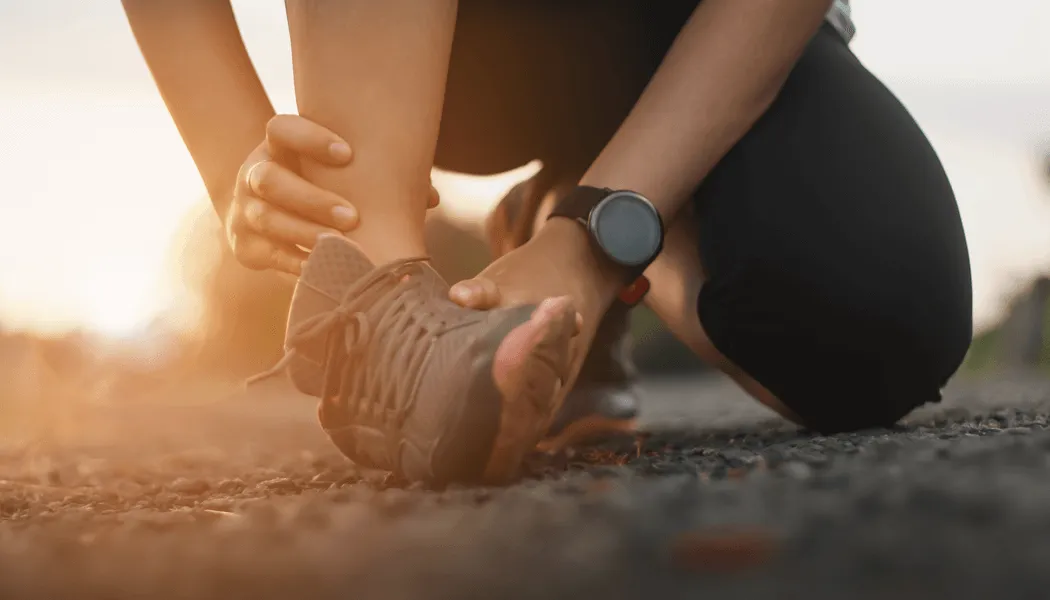
.webp)


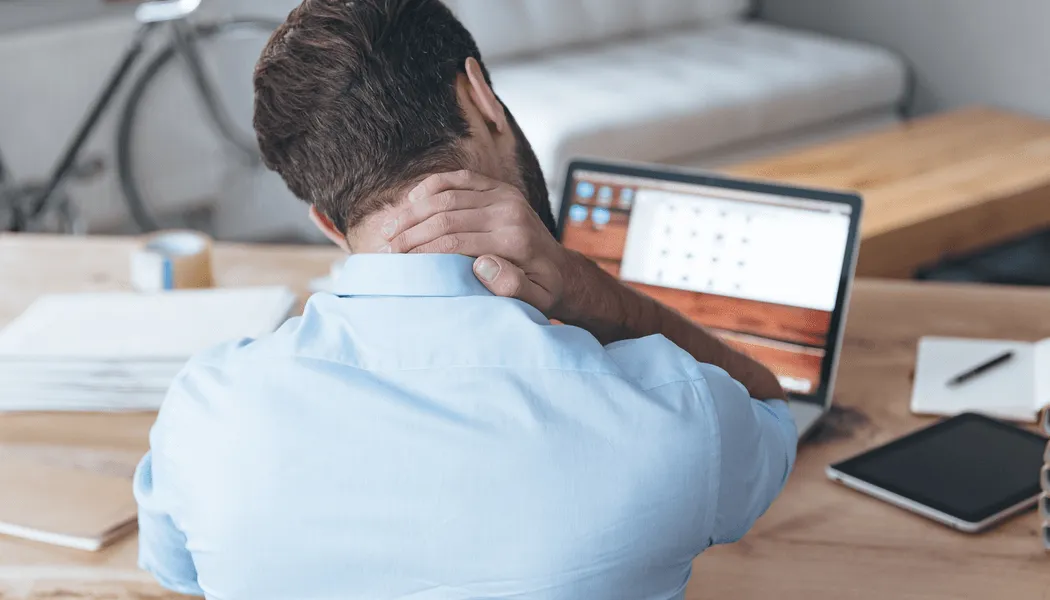


.webp)

.webp)
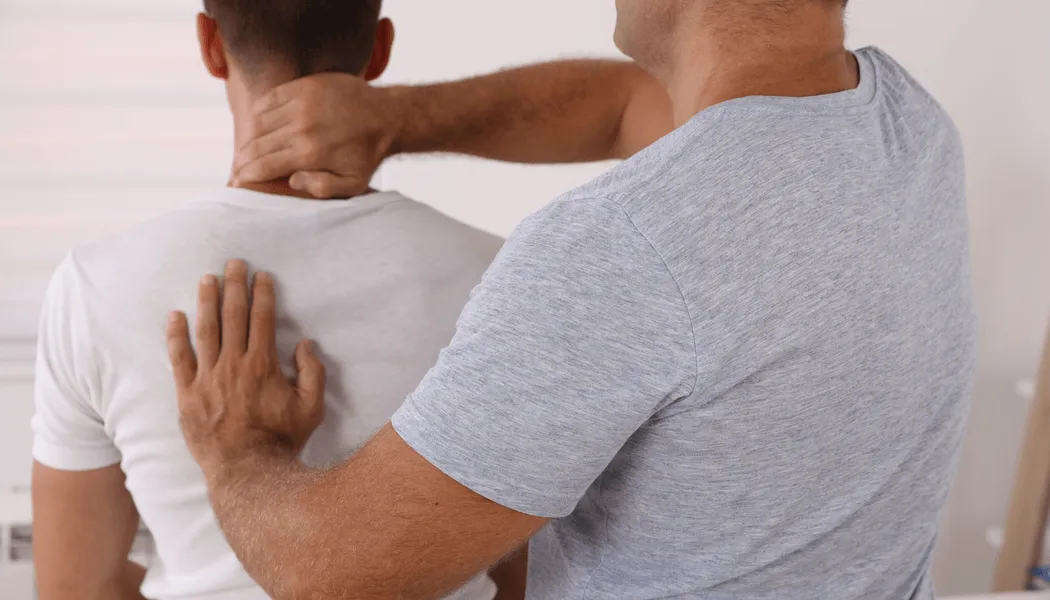
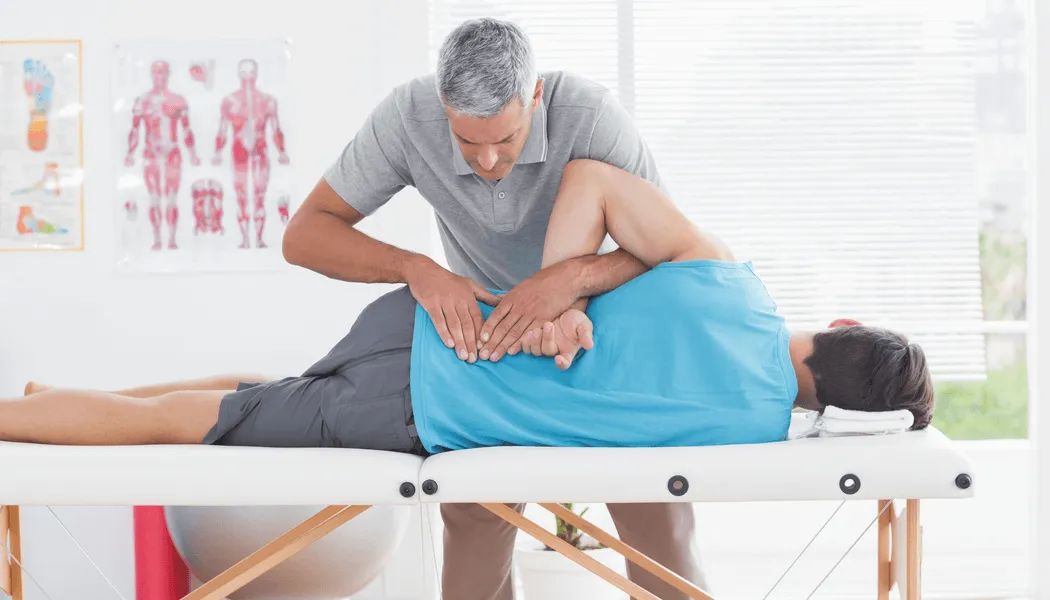


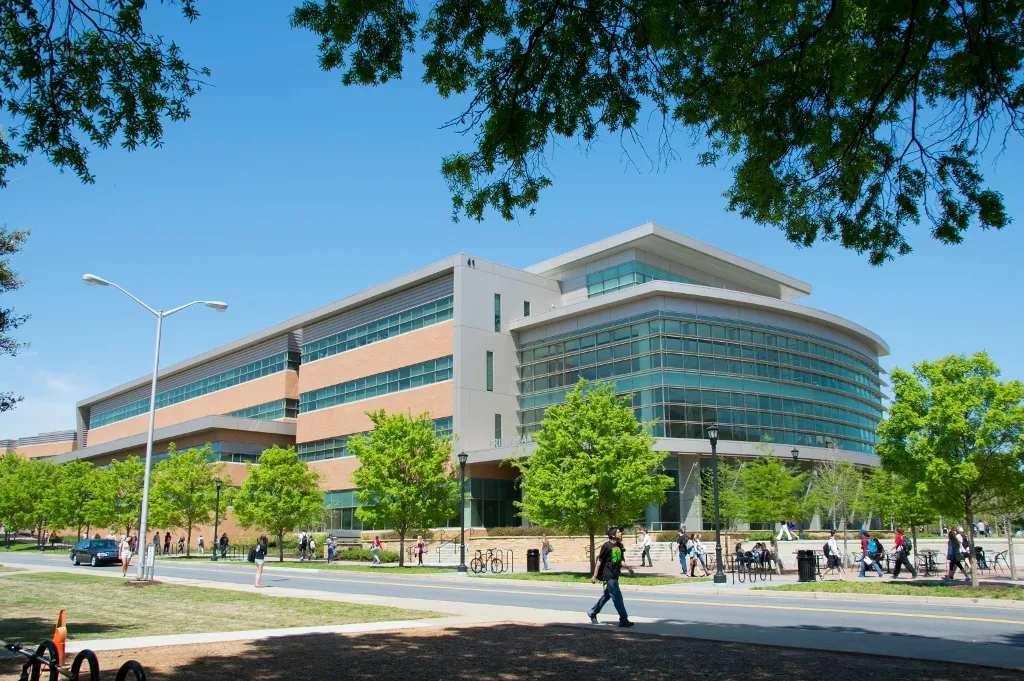



%20(1)-p-3200.jpeg)


.jpg)
.webp)
.webp)
.webp)
